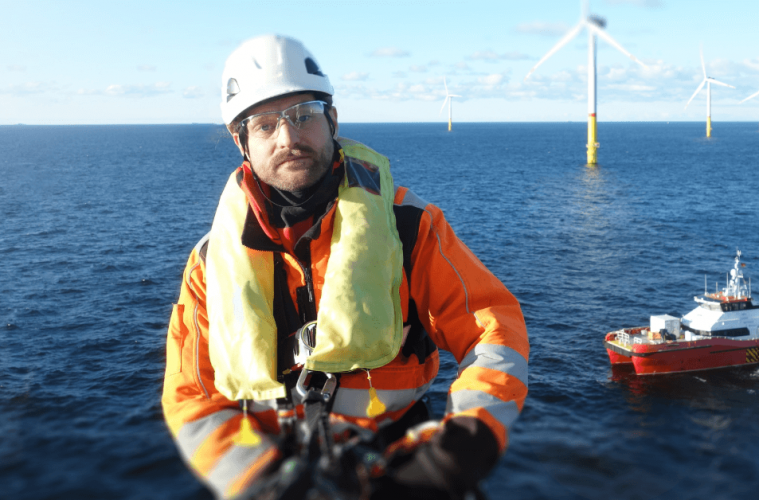As renewable energy sources continue to gain popularity, wind turbines are becoming a more common sight in many parts of the world. However, these towering structures can pose serious safety risks if proper precautions are not taken. That’s why it’s important to provide a Basic Safety Training Refresher Course for those who work with or near windfarms.
A basic safety training day for wind turbines can provide numerous benefits, including:
- Improved safety: The most obvious benefit of safety training is that it can reduce the risk of accidents and injuries. When workers understand the potential hazards and know how to avoid them, they are less likely to make mistakes that could lead to dangerous situations.
- Compliance with regulations: Depending on where you are located, there may be regulations in place that require safety training for those who work with wind turbines. By providing this training, you can ensure that you follow any applicable laws and regulations.
- Increased productivity: When workers feel confident and comfortable working with wind turbines, they are likely to be more productive. They will be able to complete their tasks more quickly and efficiently, which can help to improve overall productivity.
- Reduced downtime: Accidents and injuries can lead to downtime as workers recover or equipment is repaired or replaced. By investing in safety training, you can help to reduce the risk of these incidents and keep your wind turbines operating smoothly.
- Improved morale: When workers feel that their safety is a top priority, they are likely to have higher morale and job satisfaction. This can lead to a more positive work environment and better retention rates.
- Reduced costs: Accidents and injuries can be costly in terms of medical bills, equipment repairs, and legal fees. By investing in safety training, you can help to reduce the risk of these incidents and potentially save your company money in the long run.
So, what should a basic safety training day for wind turbines include? Some key topics to cover might include:
– Basic wind turbine components and how they work
– Potential hazards, including electrical and mechanical hazards, falls, and fire
– Personal protective equipment (PPE) and when it should be used
– Emergency procedures, including evacuation plans and first aid
– Safe work practices, including proper tool use, lockout/tagout procedures, and working at height
By providing this type of training, you can help to ensure that your workers are prepared to work safely and efficiently with wind turbines. Whether you’re a wind energy company, a contractor, or a worker who wants to improve your own safety knowledge, investing in basic safety training is a smart move.

